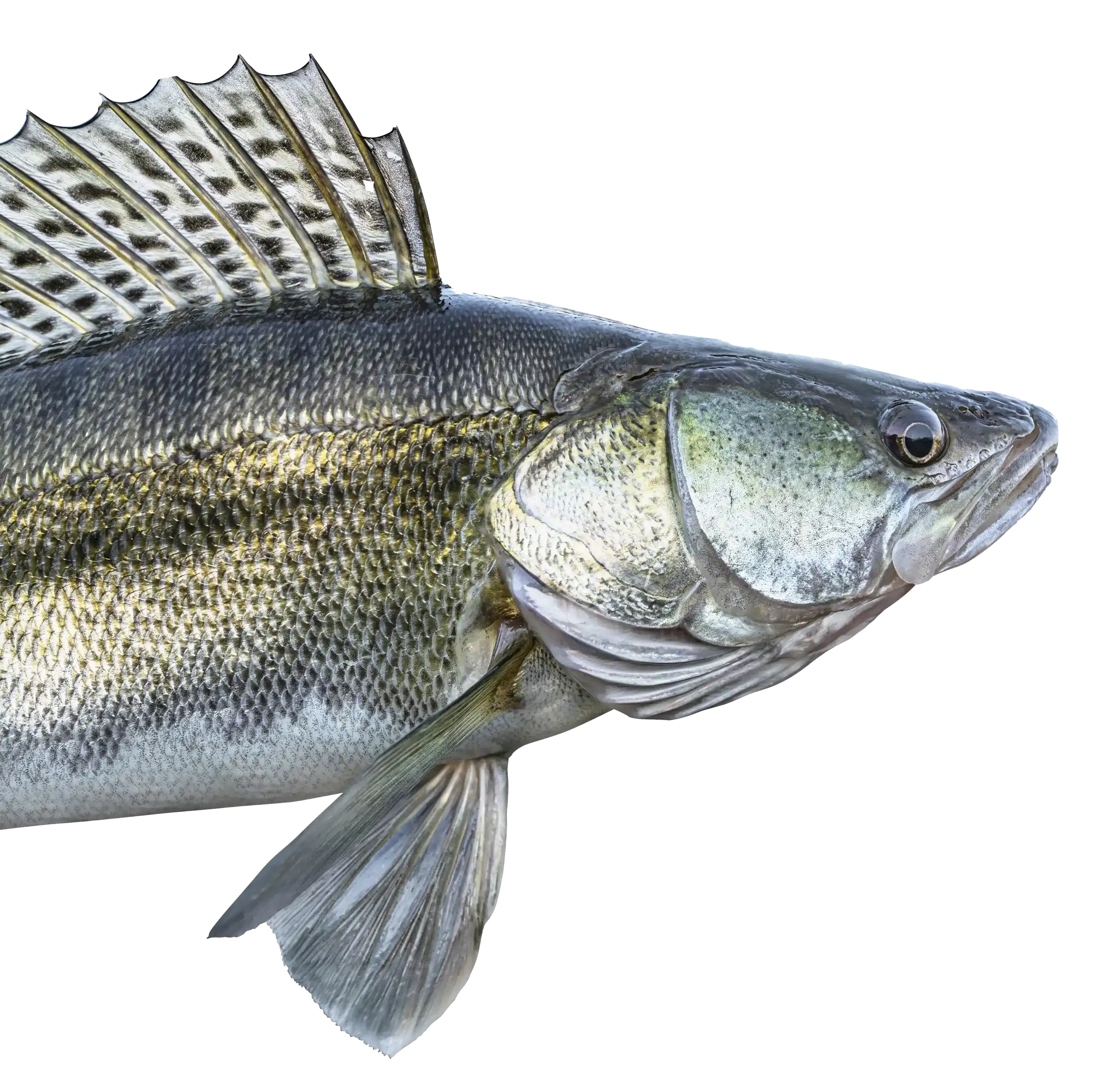
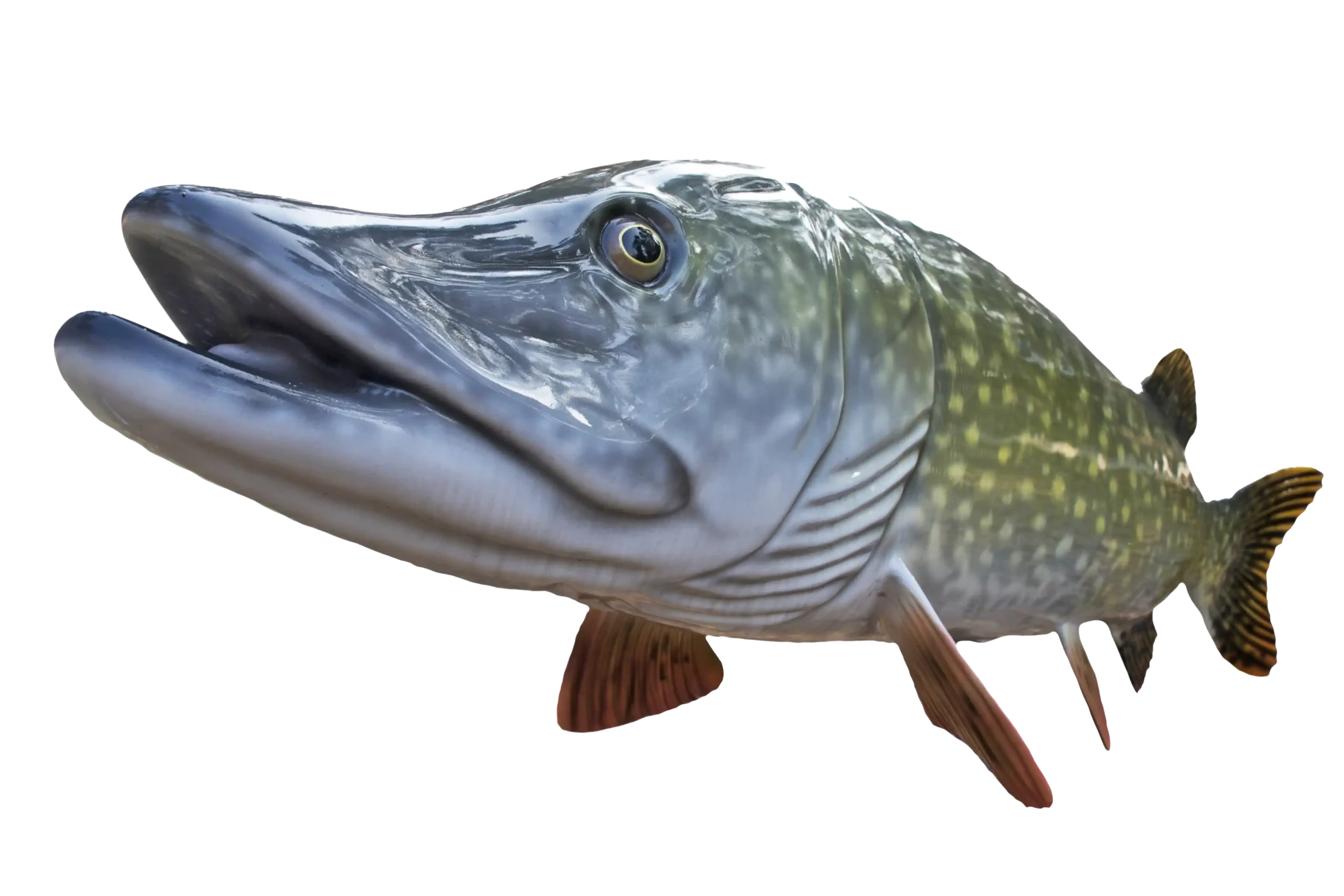
MTT. Minnesota Tournament Trail
NWT. National Walleye Tour
AIM. Angler’s Insight Marketing
Chili Bowl, Border View Lodge
Arnesen’s, Summer Tournament
River Bend Resort, Ladies tournament
Zippel Bay Resort, Northern Pike Tournament
AND MORE!
Okay Lake of the Woods anglers, you have something to shoot for this year. Do you have everything ready in the even you land a MN catch and release state record fish? We know they are swimming in our waters as they have been caught in many cases and not recorded. This year, make sure you are ready and understand what is needed to register a catch and release state record fish.
Sturgeon, northern pike and muskies which all live in the Rainy River and Lake of the Woods, have the possibility of the MN DNR catch and release record program. This program gives anglers who catch a true monster fish the opportunity to get recognized without keeping the fish.
An angler fishing on the Rainy River caught the catch and release state northern pike record which held for many years but has since been beat. Matthew Swanson of Woodbury, at one time, claimed the record with a 45 1/4 inch northern pike caught on the Rainy River. There are two pike tied for the state catch and release record currently at 46.25 inches.
Swanson was on an annual Rainy River pike fishing trip with his dad and brother. Swanson reported that after three days of fishing, he had not landed any large pike, but his dad and brother had caught several over 30 inches. His father fishes spring pike with streamer flies on 30-pound test wire line. Using his dad’s setup, Swanson took a few casts and the water around his fly exploded – he had hooked a big pike.
After a brief fight and some careful netting, Swanson had caught the 45 1/4 inch northern pike. They handled the large pike carefully to get a couple pictures and a length measurement before releasing the fish.
“Because this was to date my first and only pike on a fly, it was a very memorable experience,” Swanson said.
Cool spring and fall temperatures make for excellent catch-and-release conditions.
Pike season on Lake of the Woods is open all year long. Ice fishing for huge pike will soon be happening with big results. As the ice starts to move out, bays come into play. Back bays of the Rainy River, 4 Mile Bay, Bostic Creek, Zippel Bay and shoreline areas with ditches along Muskeg Bay near the Rocky Point areas can be big pike magnets.
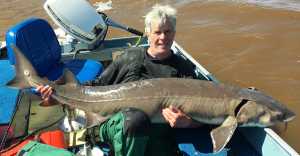
The past sturgeon catch and release record was from the Rainy River. The specs on these record fish are 73″ long x 30 inches around. Jack Burke was the record holding angler.
That catch and release record sturgeon has been beat by an angler fishing on the St. Croix River with a sturgeon measuring 78″ x 29.5″.
Before you head out on the water, take a peek at what you need to do to register a potential record fish. One thing is for sure, have a measuring tape, a camera and another person to take pics and verify your catch.
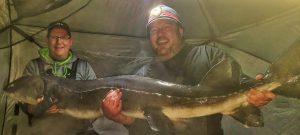
Length and Girth Measurements of the fish:
a. The length of the fish must be measured in a straight line from the tip of the snout to the tip of the tail with the tail squeezed (not using the contours of the fish).
b. The girth of the fish must be measured around the thickest portion of the body, desirable, but not mandatory.
It is good to know what measurements and images are needed to properly register your potential state record fish. You are going to need a witness, measuring tape and camera. After that, a simply entry form filled out and signed and you are on your way.
If you are looking for the official MN DNR form to register a catch and release fish, click here. To view the current catch and release records for MN, click here. 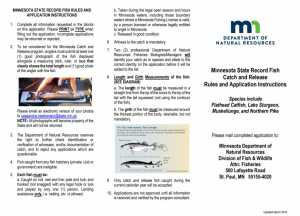
Catch and release state records are also kept for muskies and flathead catfish. Lake of the Woods has a legitimate shot at breaking these records, but only if you are prepared!

